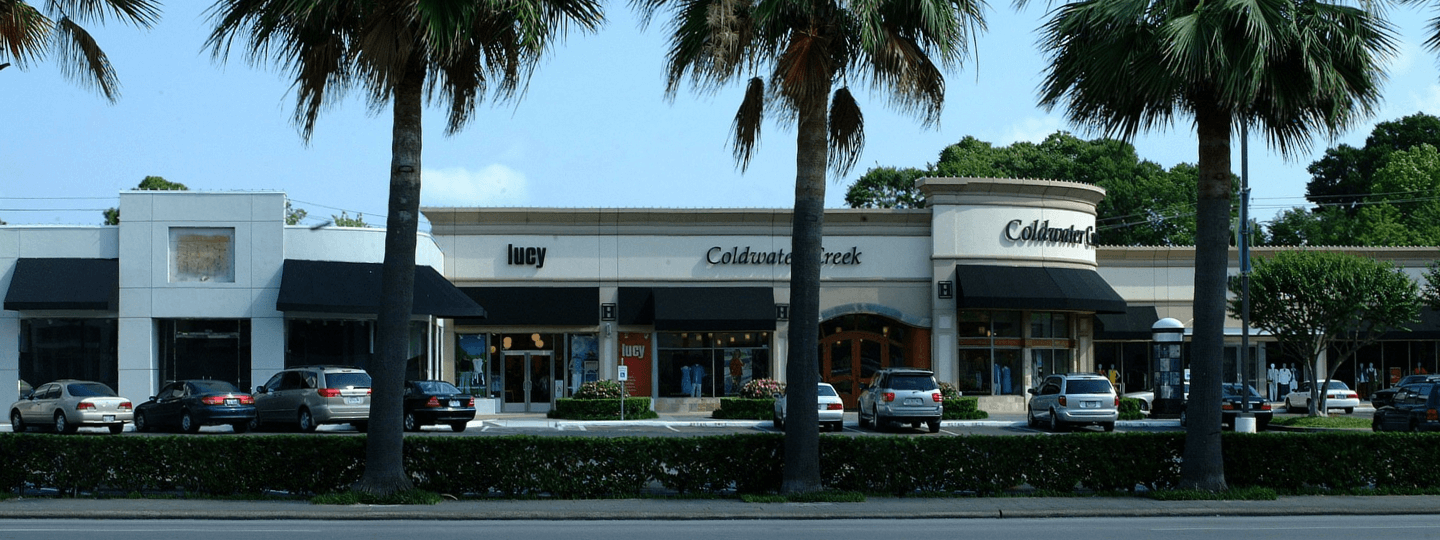From Fifth Avenue to Neighborhood Boutiques: A Closer Look at Urban vs Suburban Retail Trends
In 2024, retail is the starlet of commercial real estate, beating expectations and disproving headlines from just a few years ago that the sector was dying, if it was not already dead. Since pandemic-related lockdowns ended, retail commercial real estate is experiencing a renaissance. Remote and hybrid work is contributing to the ‘afternoon leisure economy,’ speculated to be a hidden force in America’s economic success. The trend has prompted hard-to-come-by productivity growth in the Services sector. Shopping, entertainment, fitness, and beauty are less confined by traditional work schedules. Downstream, the retail spaces home to these services are booming. Read on for an under-the-hood look at urban and suburban retail performance.
Suburban Market Performance
The United States is a suburban nation, with over half of U.S. households describing their neighborhood as suburban. So, it shouldn’t be a surprise that this boost in retail CRE performance is most obvious in the suburbs, especially at outdoor shopping centers, where consumers are spending more time and money.
As suburban commuters, including millennials leaving urban areas as they start families, are still looking for the chic restaurants and trendy shopping they had in cities, companies formerly concentrated in city centers are expanding outward.
With changing suburban tastes and fewer days spent in-office, popular lunchtime chains for the 9-to-5 set are focusing on growth outside of the CBD. As of 2023, half of Sweetgreen’s locations were suburban, as were 80% of Cava’s. Mixt, a San Francisco Bay Area salad chain, has expanded into Marin County, north of SF, in a move partially sparked by the city’s slower return-to-office rates.
CBRE anticipates demand for open-air shopping centers will increase at a faster rate than other retail formats, and this cohort of assets is almost exclusively suburban. All of this is reflected in vacancy rates in the suburbs, which hit a 15-year low of 4.6% in 2023.
As we enter 2024, suburban retail spaces are proving reliable in their resilience.
Urban Market Performance
Headlines often focus on urban downtown shopping districts that have seen major retailers closing up shop amid substantial drops in foot traffic and concerns around rising crime.
With that said it would be incorrect to say urban retail is struggling. In fact, conditions in urban shopping hubs are far from it. Similar patterns have been observed in urban residential neighborhoods that have been observed in suburban areas.
Currently, luxury retailers are duking it out on Fifth Avenue in New York City, with major real estate purchases and renovations of flagship stores on the famed stretch. Post-pandemic, these retailers have seen sales surge, and their experiential shopping environments and locations-as-destinations model are keeping retail hot on this landmark strip. As office workers have returned to Midtown, leasing has picked up along major shopping corridors like Fifth Avenue, especially for the luxury sector, where 45% of all leasing activity took place.
A few stops away from Midtown, neighborhoods like SoHo, the Upper East Side, and Williamsburg are proving popular for retailers setting up shop. These neighborhoods win on two fronts: not only are they destinations in their own right, but they are also within walking distance to heavily populated residential areas.
This trend is not limited to New York City by any means, as similar factors in some northern neighborhoods of Chicago are luring retailers to expand off of Michigan Ave. San Francisco’s District 5, which includes Haight-Ashbury, Hayes Valley, and Japantown, has seen increased retail sales and leasing activity.
What does this mean for Retail Owners?
Across the board, tenant demand is outstripping current supply, with very little new square footage anticipated to come onto the market and low vacancy rates.
With a flurry of tenant demand for retail space, now is the time to seize the opportunity. Knowing which tenants are in the market, who is looking at your spaces online, and getting the right tenants signed is more possible than ever for your retail portfolio.
VTS is here to help you stay on top of every piece of the retail leasing journey. You can learn more about VTS Retail Solutions here.





